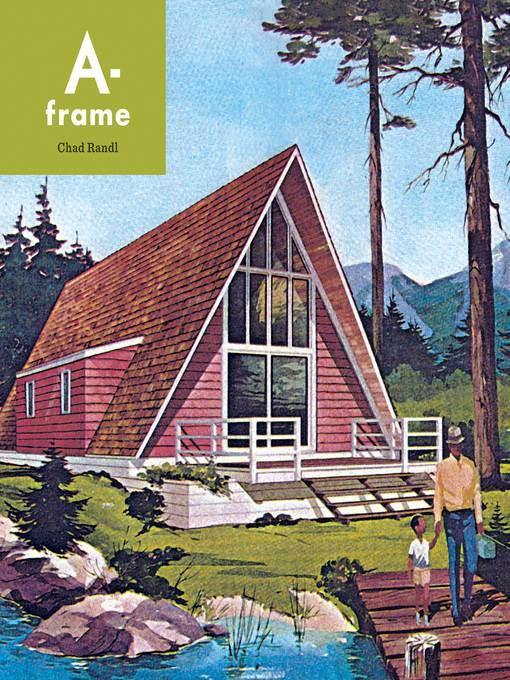
A-Frame
کتاب های مرتبط
- اطلاعات
- نقد و بررسی
- دیدگاه کاربران
نقد و بررسی

April 1, 2004
A-frame architecture was a jaunty symbol of the good life in postwar, mid-century America--easily built and architecturally distinctive, tens of thousands of these triangular-silhouetted residences popped up in vacation sites all over the country. In this prettily designed volume, Randl gives the A-frame movement some context, beginning with its architectural antecedents, and then outlining the A-frame's populist birth, which started with D.I.Y. building kits such as Campbell & Wong's Leisure House and Free-Time Homes. (Randl also discusses A-frames made by well-known architects like George Rockrise.) The book's main strength is its easy dexterity; Randl is as comfortable describing the mechanics of A-frame design (plywood and two-by-sixes dictated angular lines), as he is analyzing the social circumstances (rising wages, increased leisure time) that sped their popularity. It's in the latter category where the book really takes off, showing the A-frames' increasing popularity, as well as their expansion in use, from motels to restaurants to churches:"During the 1960s, the A-frame passed from object to idea." Sections like"A-frames in ads" show how home-furnishings manufacturers made use of A-frames to advance their own sales prospects, thus gelling the A-frame as a certified economic success, as well as a pop culture coup. To illustrate the wide influence of the architectural genre, Randl even includes a photograph of Fisher-Price's toy A-frame house. It's such careful research that earns this title an A. 150 color & 75 b/w illus.

July 5, 2004
A-frame architecture was a jaunty symbol of the good life in postwar, mid-century America--easily built and architecturally distinctive, tens of thousands of these triangular-silhouetted residences popped up in vacation sites all over the country. In this prettily designed volume, Randl gives the A-frame movement some context, beginning with its architectural antecedents, and then outlining the A-frame's populist birth, which started with D.I.Y. building kits such as Campbell & Wong's Leisure House and Free-Time Homes. (Randl also discusses A-frames made by well-known architects like George Rockrise.) The book's main strength is its easy dexterity; Randl is as comfortable describing the mechanics of A-frame design (plywood and two-by-sixes dictated angular lines), as he is analyzing the social circumstances (rising wages, increased leisure time) that sped their popularity. It's in the latter category where the book really takes off, showing the A-frames' increasing popularity, as well as their expansion in use, from motels to restaurants to churches: "During the 1960s, the A-frame passed from object to idea." Sections like"A-frames in ads" show how home-furnishings manufacturers made use of A-frames to advance their own sales prospects, thus gelling the A-frame as a certified economic success, as well as a pop culture coup. To illustrate the wide influence of the architectural genre, Randl even includes a photograph of Fisher-Price's toy A-frame house. It's such careful research that earns this title an A. 150 color & 75 b/w illus.
Copyright 2004 Library Journal, LLC Used with permission.




















![Design Like You Give a Damn [2]](https://dl.bookem.ir/thumbnails/150/ISBN13/9781613122860.jpg)




دیدگاه کاربران